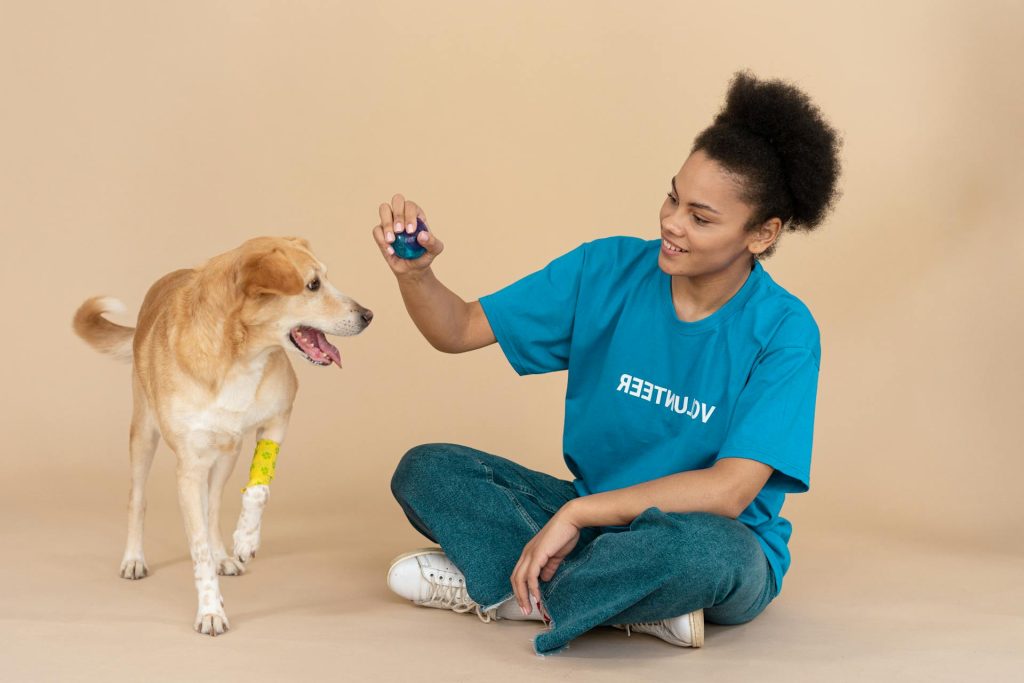
12 Powerful Pet First Aid Tips Every Apartment Owner Should Know
Emergencies don’t wait for convenience—especially in a small apartment. Whether it's a cut paw, sudden choking, or accidental ingestion, knowing basic pet first aid can save precious time (and even a life). The good news? You don’t need a backyard, fancy supplies, or vet training to be prepared. These powerful pet first aid tips are tailored specifically for apartment dwellers who want to be ready when it counts.
1. Know the Signs of a True Emergency
Heavy bleeding, labored breathing, seizures, collapse, or suspected poisoning all warrant immediate vet attention. Memorize the signs of a crisis so you can act fast and skip hesitation in the moment.
2. Keep a Pet First Aid Kit Near the Front Door
Your kit should include gauze, non-stick pads, saline, tweezers, a pet thermometer, and basic meds approved by your vet. Keep it somewhere visible and easy to grab during a rush. If you don’t have one, the Red Cross emergency checklist is a great place to start.
3. Save Your Vet’s Number and Nearest Emergency Clinic
In an apartment, you may not have a yard or car ready to go—so time matters. Program your regular vet’s contact info and the nearest 24-hour animal hospital into your phone (and tape it to the fridge or first aid kit too).
4. Learn How to Muzzle Safely in a Crisis
Even gentle pets may bite when scared or in pain. A soft leash, gauze, or towel can act as a temporary muzzle—just never use one if your pet is vomiting or having trouble breathing. Practicing this gently ahead of time can help both of you stay calm.
5. Know the Heimlich for Pets
If your dog or cat is choking and can’t breathe, you'll need to act quickly. For dogs, wrap your arms around their belly behind the ribcage and give quick upward thrusts. For cats or small dogs, gently compress the chest. Always call a vet immediately afterward.
6. Watch for Shock After Injury or Trauma
Pale gums, rapid breathing, weakness, and cool extremities can indicate shock. Lay your pet on their right side, elevate the hind legs slightly, and keep them warm while you get help. Always transport them gently in a carrier or towel-lined box.
7. Treat Minor Cuts and Scrapes with Pet-Safe Saline
Clean minor wounds with sterile saline (not hydrogen peroxide), then pat dry with a clean cloth. Avoid human antiseptics unless approved by your vet—many ingredients like alcohol or lidocaine can be toxic to pets if licked.
8. Keep Hydrogen Peroxide on Hand—But Only Use with Vet Approval
In rare poisoning emergencies, a vet may tell you to induce vomiting using 3% hydrogen peroxide. Never do this unless specifically instructed—it can cause harm depending on what was ingested. Call poison control or your vet first.
9. Recognize the Signs of Heatstroke—Even Indoors
Panting, drooling, red gums, and collapse can all point to heatstroke—especially in sunlit apartments without AC. Move your pet to a cool spot, offer water, and place damp (not ice-cold) cloths on their paws and belly. Then call your vet right away.
10. Practice Gentle Restraint for Transport
If your pet is injured or panicked, wrap them gently in a towel or blanket burrito to protect them—and yourself—during transport. Always support their spine and avoid handling limbs that may be broken or painful.
11. Don’t Ignore Tummy Troubles or Vomiting
Occasional hairballs or mild stomach upset are normal—but repeated vomiting, bloody stool, or refusal to eat may signal something more serious. Keep a journal of symptoms and contact your vet if issues last more than 24 hours.
12. Stay Ahead With Preventive Health Routines
Preventive care matters just as much as emergency care. Nail trims, weight checks, dental health, and early symptom spotting help you avoid big problems later. The VCA preventive guide is a great resource to bookmark.
Final Thoughts
Living in an apartment doesn’t mean you’re unprepared for pet emergencies. With a simple kit, basic skills, and a bit of practice, you can handle common first aid issues confidently—even in a small space. From knowing the signs of heatstroke to learning how to bandage a paw, these first aid tips help keep your pet safe, calm, and cared for when it matters most.
Frequently Asked Questions
What should I keep in a pet first aid kit?
Essentials include gauze, self-adhesive bandages, non-stick pads, saline solution, tweezers, digital thermometer, pet-safe antiseptic, and your vet’s emergency contact info. You can build your own or start with a Red Cross guide to cover the basics.
Can I give human medications to my pet in an emergency?
No—never give human medications without vet instruction. Many common drugs like ibuprofen, Tylenol, and antihistamines are dangerous or fatal to pets. Always check with your vet before administering anything.
What are the signs of heatstroke in pets?
Panting, drooling, red or pale gums, vomiting, lethargy, or collapse are signs of heatstroke. Move your pet to a cooler area, offer small sips of water, and use damp towels to cool their body—then call your vet immediately.
When should I take my pet to the emergency vet?
Go immediately if your pet is having trouble breathing, seizing, collapsed, bleeding heavily, or has ingested something toxic. For minor injuries or illness, call your regular vet first to ask if urgent care is needed.
Where can I learn more about preventive health for pets?
The VCA Preventive Guidelines are a reliable place to start. They cover nutrition, dental care, checkups, and early detection of health issues to avoid emergencies altogether.

Join the Busy Pet Parent Newsletter!
Get easy routines, time-saving tips, and the latest gear reviews—delivered straight to your inbox.
Perfect for busy pet owners, apartment dwellers, and anyone who wants a happy, healthy companion (without the stress).
Exclusive guides & checklists
Product recommendations & deals
No spam—unsubscribe anytime!




